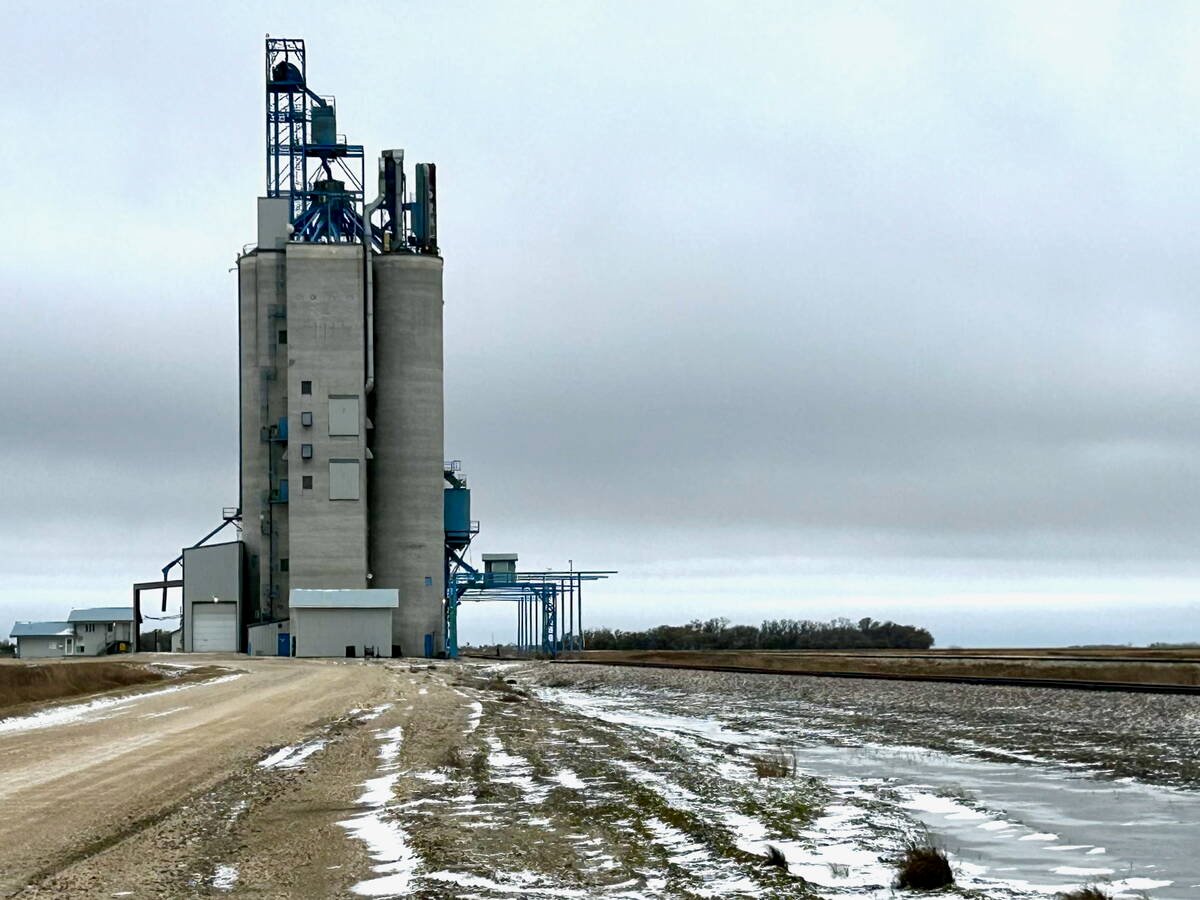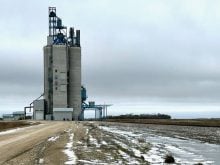Looking at crop price charts of the last three years, new crop prices are disappointing.
But if you look at decade-long charts, current values look pretty good.
At these prices most crops, except wheat, appear modestly profitable or should at least break even in 2010-11.
That’s one reason why I think farmers should attempt some sort of price protection before seeding. Current prices might be disappointing but in reality, they aren’t terrible either historically or in terms of return.
That was a point made in early January by Manitoba Agriculture management specialist Dan Caron during St. Jean Farm Days.
Read Also

Manitoba grain elevator ownership expands
Carman-based Linear Grain buys Fannystelle elevator from Bunge, another three elevators sold to Morden’s BP & Sons Grain and Storage Inc.
“These are pretty good prices compared to our cost of production,” he said then.
Since then prices have fallen and some analysts argue they’re reaching a likely long-term bottom right now. That will be nice if true.
So why would you lock anything in if it’s possible we’re at the bottom?
The reason is that it’s not safe to assume that the bottom is in – for this year or for the longer term.
There are lots of reasons to believe the foundation under commodity prices is weak and could snap under a shock. The story keeping commodity prices across the spectrum relatively strong in recent months (if you can force yourself to forget about the wondrous prices of 2008) is the generally held belief that the world financial and economic crisis is ending and recovery is occurring. Most price expectations are based on this reasonable view that demand is solid and could perhaps slowly grow.
Some analysts – not the majority but a substantial minority – feel the risk of a “double-dip” recession is high, and another economic slump is possible.
That’s the view I heard from David Kohl, the Virginia Tech agricultural economist, a few weeks ago at the Manitoba Special Crops Symposium.
It’s also what I heard from two economists at GrainWorld, the Canadian Wheat Board’s outlook conference. Peter Hall of Export Development Canada was particularly bearish about commodities, saying they are highly overvalued.
“It all seems to boil down to one word, and that is ‘bubble,'” said Hall. That’s bad, because if commodities collapse again, they could suck the world economy down with them as confidence falls. He doubts commodity prices can gently settle lower.
“I just don’t know many bubbles that have deflated. They all burst,” said Hall in an interview.
Ag commodities are not always tightly connected to the overall commodity complex, with weather and the need for people to eat distancing them from other commodities.
But as we saw in 2008, crop prices can be easily dragged down by a general slump. People may indeed need to eat, but perhaps not as much as they were eating.
So with a double dip a possibility, I think farmers should not be glib about downside dangers.
It seems an ideal time to attempt to do something with options, to either make forward sales and replace the crop with call options or leave the crop unpriced and hedge the downside with puts.
But that can be hard to achieve here in the Great White North because we lack the relatively cheap and liquid option contracts American farmers take for granted. Canadian farmers have only the relatively illiquid canola options to play with.
There are no exchange-based options on special crops.
U.S. wheat options could be used against prairie wheat, but the Canadian Wheat Board factor makes the relationship difficult.
Corn is not a perfect surrogate for barley. Soybean oil options can be used for canola, but then you have to gamble on spread relationships and foreign exchange risk.
Customized forward sales contracts are a possibility, but few buyers want to deal with them. They like fixed prices and plain vanilla contracts.
But just because it is difficult doesn’t mean farmers can’t find ways around the lack of useful hedging tools.
As Charlie Pearson of Alberta Agriculture pointed out to me recently, canola options can be used if you’re willing to invest time and effort in finding someone to take the other side.
“It may take a few days. What you have to have is a patient broker and you have to be a patient fisherman,” said Pearson.
The same is true for other marketing arrangements that provide downside protection without locking out the upside potential.
Again, it takes willingness on the part of the farmer to spend time setting up a strategy, and probably the participation of a broker or adviser to find ways to get the business done.
Many farmers don’t like locking themselves out of possible future rallies. They remember late 2007, when many locked in $7 wheat only to watch as prices rose ever higher.
But it’s also important to not lock yourself into a future slump by doing nothing. In 2007, many prematurely assumed the market had peaked.
Let’s hope 2010 doesn’t reveal that we have prematurely assumed the bottom is in.















